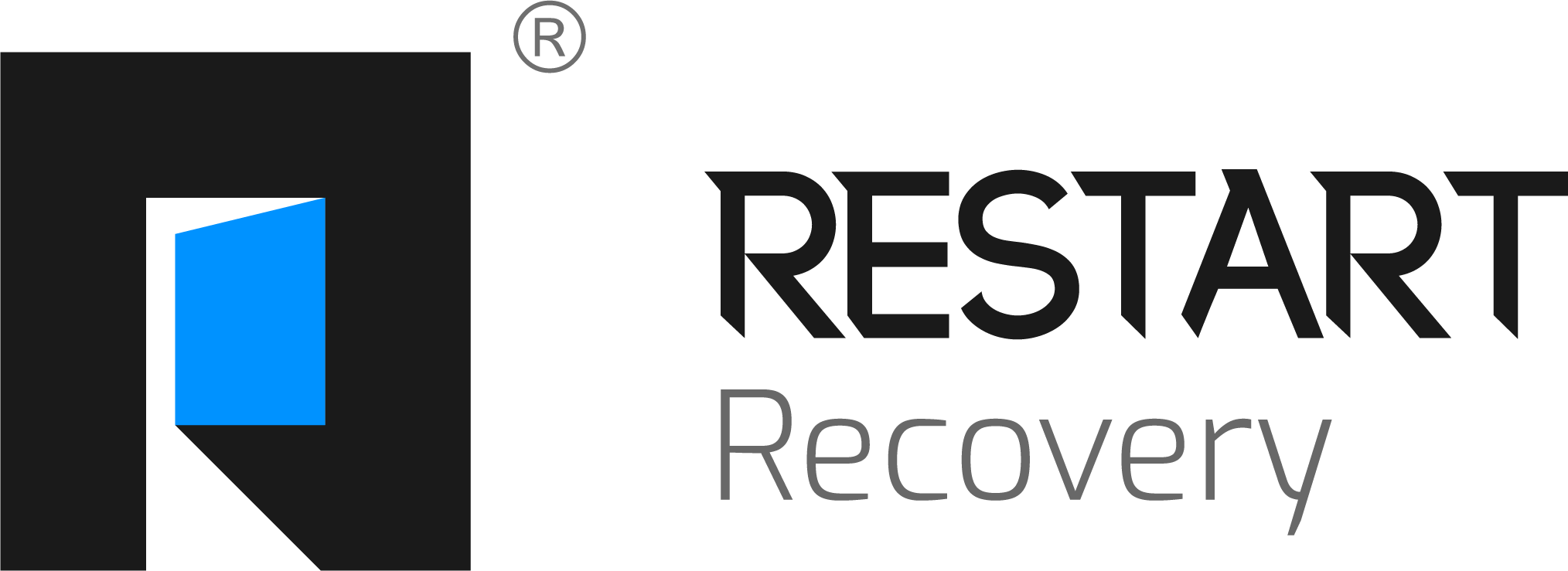Alcohol Cravings in Recovery: How Long Do They Last?
- Yasmin Maghsoudloo
- 4 days ago
- 3 min read

Table of Contents
Alcohol cravings are one of the most challenging parts of early sobriety. Whether you quit drinking recently or have been sober for months, cravings can appear suddenly and feel overwhelming. Many people worry: How long do alcohol cravings last?
The good news is that while cravings are a normal part of recovery, they decrease in intensity over time, especially with the right tools and support.
In this blog, we’ll explore why cravings happen, how long they typically last, and practical ways to manage them during the recovery process.
What Are Alcohol Cravings?
Alcohol cravings are strong urges or desires to drink. They can be physical, mental, or emotional and are often triggered by:
Stress or emotional discomfort
Specific people, environments, or routines
Fatigue or hunger
Social pressure
Memories associated with alcohol
Boredom or loneliness
Cravings are a natural response as the brain and body adjust to life without alcohol.
Why Alcohol Cravings Happen
Alcohol affects neurotransmitters like dopamine, which plays a key role in pleasure and reward. Over time, drinking changes how the brain functions, causing it to depend on alcohol for stress relief, relaxation, or emotional regulation.
When you stop drinking, your brain begins to rebalance itself—but this healing doesn’t happen overnight. Cravings are a sign that your mind is rewiring and relearning how to cope without alcohol.
How Long Do Alcohol Cravings Last?
Cravings vary from person to person, but there are common patterns:
1. In the First Week of Sobriety
Cravings are typically the strongest during acute withdrawal, lasting from a few days to a week. Symptoms may include anxiety, irritability, and intense urges to drink.
2. Weeks 2–4
Cravings begin to lessen but may still appear, especially during stressful moments. This stage often includes PAWS (post-acute withdrawal syndrome), where mood swings and sleep problems can trigger urges.
3. Months 2–6
By this point, cravings become:
Less frequent
Shorter in duration
More manageable
However, certain triggers—like celebrations, conflict, or loneliness—may still cause mild urges.
4. Six Months and Beyond
For many people, cravings significantly decrease or disappear. However, occasional “surprise cravings” can still happen, especially during emotional stress or major life transitions.
Average Duration of a Craving Episode
Most cravings last 3–5 minutes, even though they may feel longer. Learning coping skills can help you ride out the wave without giving in.
Factors That Influence Craving Duration
The length and intensity of alcohol cravings depend on several factors:
Duration and severity of alcohol use
Family history and genetics
Co-occurring mental health conditions
Level of stress
Environment and social support
Participation in treatment or therapy
The more support and tools you have, the faster cravings tend to fade.
Tips to Manage Alcohol Cravings in Recovery
1. Use the “Delay Technique”
Tell yourself to wait 10 minutes before taking action. Cravings usually pass before the time is up.
2. Practice Mindfulness
Observe the craving without judgment. Remind yourself: “This is temporary. It will pass.”
3. Change Your Environment
Leave the room, go for a walk, call a friend, or distract yourself with a new activity.
4. Identify Triggers
Keeping a craving journal can help you recognize patterns and avoid—or prepare for—future triggers.
5. Stay Connected
Support groups like AA, SMART Recovery, Dharma Recovery, or therapy provide accountability and encouragement.
6. Prioritize Self-Care
Eat well, sleep enough, and create healthy routines. A regulated body = fewer cravings.
7. Consider Medication-Assisted Treatment (MAT)
Medications like naltrexone, a camprosate, or disulfiram can reduce cravings and prevent relapse. Talk to a medical professional to see if this option is right for you.
When to Seek Professional Help
If cravings are intense, constant, or lead to relapse, it may be time to get additional support. Reaching out for help is not a setback—it’s a strong step toward long-term recovery.
Consider speaking with a:
Addiction counselor
Medical detox provider
Mental health therapist
Recovery coach
Treatment center specializing in alcohol use disorder
Professional support can make cravings easier to manage and recovery more sustainable.
Final Thoughts
Alcohol cravings are a normal part of healing, but they don’t last forever. With time, support, and effective strategies, cravings decrease and become easier to navigate.
Recovery isn’t about perfection—it’s about progress. Every craving you overcome strengthens your resilience and moves you closer to a healthier, alcohol-free life.





Comments